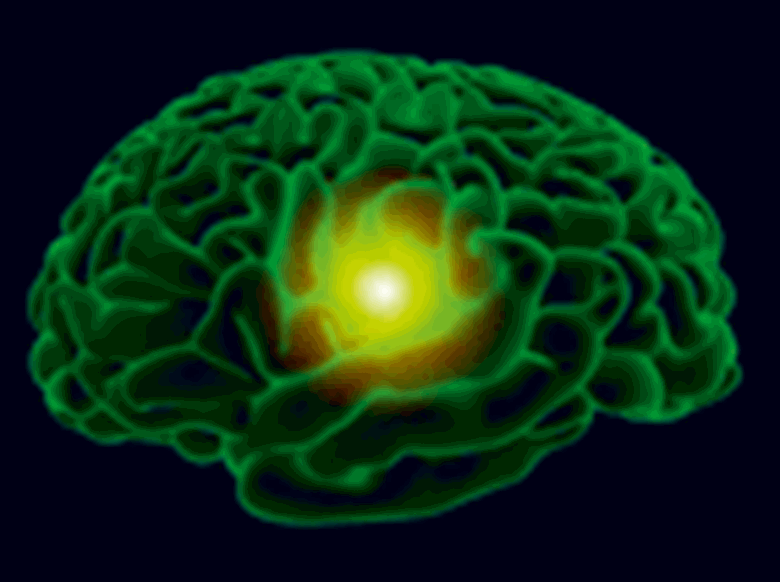A doctor's diary ... Epilepsy
Dr Raj Thakkar
Friday, June 8, 2012
Dr Raj Thakkar describes the different types of epilepsy, and the causes, treatment and monitoring of the condition.

'Doctor, my son has been diagnosed with epilepsy. I need you to explain it to me.'
Whole journals and textbooks have been dedicated to the epilepsies and a short article barely touches the surface of this highly complex neurological disease. There are several different types and many different causes, making the subject potentially confusing, even for doctors. This article does not discuss febrile convulsions.
Up to 415,000 people suffer from epilepsy in England and every GP will have patients with it on their registers. This equates to about five to ten in every 1,000 people being affected. In addition, there will be a significant number of people who are wrongly diagnosed with epilepsy, and equally, people with a wrong alternative diagnosis. This suggests that, perhaps counter-intuitively, epilepsy is not always easy to diagnose.
Epilepsy is essentially the manifestation of abnormal transient electrical activity in the brain. Focal epilepsy occurs when one area of the brain is affected or indeed when only one hemisphere of the brain is affected, whereas generalised seizures affect both hemispheres.
Causes
There are several different causes of epilepsy. Secondary epilepsy suggests seizures due to an identifiable underlying cause such as head injury, meningitis or encephalitis, or tumour. Some epilepsy types have a genetic component whereas others have no identifiable cause, so-called idiopathic epilepsy.
Atonic seizures describe when muscles suddenly become weak. In this scenario, patients present with collapse and this may be confused with cardiological problems.
Childhood absence epilepsy usually presents between four and nine years of age. Absences suggest short periods where the patient appears to be vacantly starting into space; they may stop mid-sentence and will have no recollection of the event.
Continuous spike and wave during slow sleep (CSWS) is a type of epilepsy syndrome that begins during childhood. The hallmark of this epilepsy type is plateau and subsequent regression of cognitive ability. Interestingly, there may be very little in the way of seizures when the children initially present.
Dravet syndrome is otherwise known as severe myoclonic epilepsy in infancy. In this epilepsy syndrome, children have prolonged seizures that are associated with fevers and tend to affect one side of the body. Several seizure types may occur in this syndrome including absences, as described earlier, and tonic-clonic seizures where the muscles go rigid, known as the tonic phase, followed by the clonic phase in which there is violent rhythmic jerking.
Some patients with epilepsy will only have the generalised tonic-clonic type. Idiopathic generalised epilepsy, which has been renamed genetic generalised epilepsy, has a combination of generalised tonic-clonic seizures, absence seizures and myoclonic seizures, myoclonic referring to very short-lived jerks. Infantile spasms occur most frequently between three and nine months of age and often cause the trunk to flex and the limbs to straighten.
Landau-Kleffner syndrome (LKS) is rare and tends to present between three and six years of age. It is characterised by loss of language ability, prior to which the child has had normal language development.
Lennox-Gastaut syndrome typically presents between three and ten years of age. Features include atonic, tonic, tonic-clonic and absence seizures in addition to cognitive impairment. There are several other epilepsy syndromes that are beyond the scope of this article.
Treatment
By and large, a child presenting with his or her first seizure will go to the accident and emergency department or be referred directly to a paediatric team after being seen by the primary care team. Detailed history taking, examination and tests will then follow once the child has been stabilised and is out of medical danger.
Investigations may include blood and urine tests, a brain scan and an electroencephalogram (EEG). An EEG is a graph of electrical activity occurring in the brain, rather like an ECG, which is an electrical interpretation of heart activity. A normal EEG doesn't exclude epilepsy and it may help to determine which type of epilepsy the child has.
The management of epilepsy is complex and involves a multi-disciplinary approach with the patient and family, schools, specialist nurses, doctors, physiotherapists, occupational therapists and psychologists. Medication is the mainstay of treatment along with social, educational and psychological support.
Other treatment modalities include dietary manipulation, nerve stimulation and even brain surgery. The key to successful epilepsy care is to ensure the family and carers are well educated on how to manage the condition, regular monitoring to ensure the drug dosing is correct and that the management is tailored to the child's evolving needs.
Dr Raj Thakkar BSc(Hons) MBBS MRCGP MRCP(UK) is a full-time GP in Buckinghamshire




